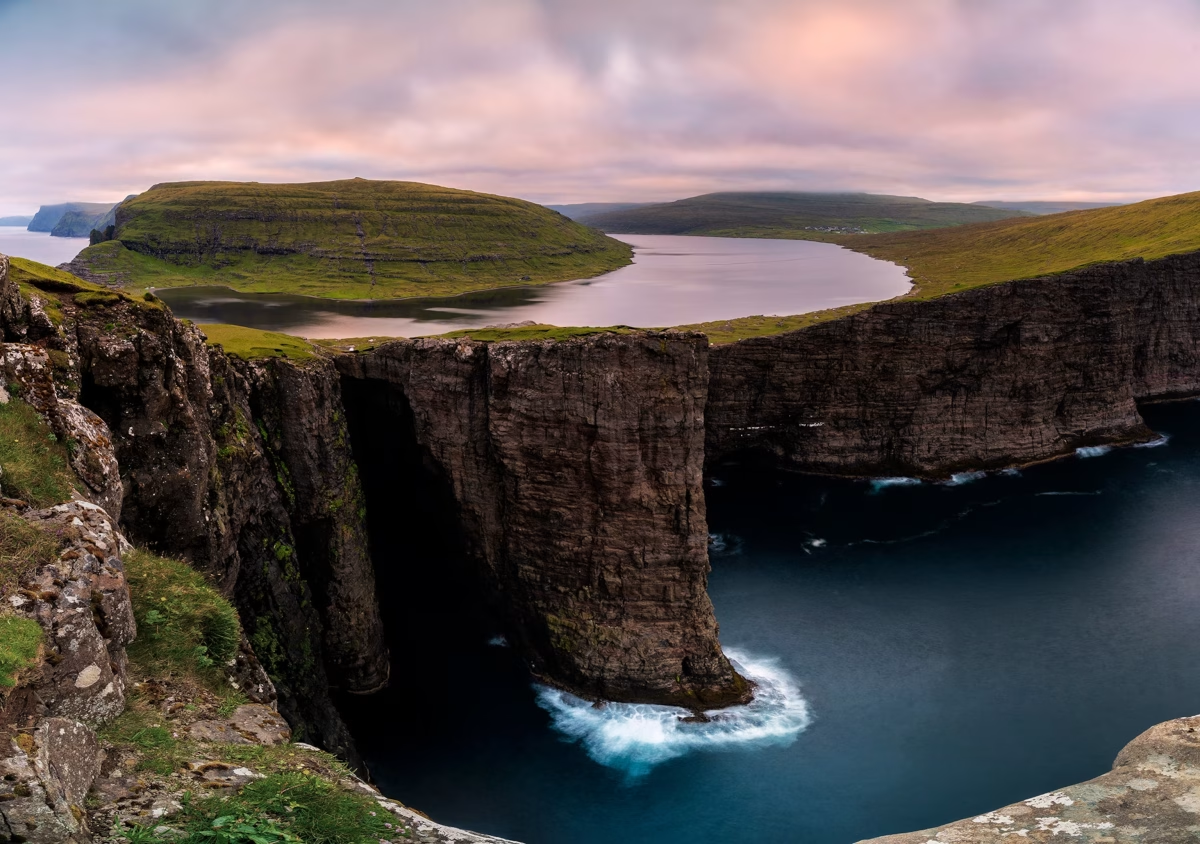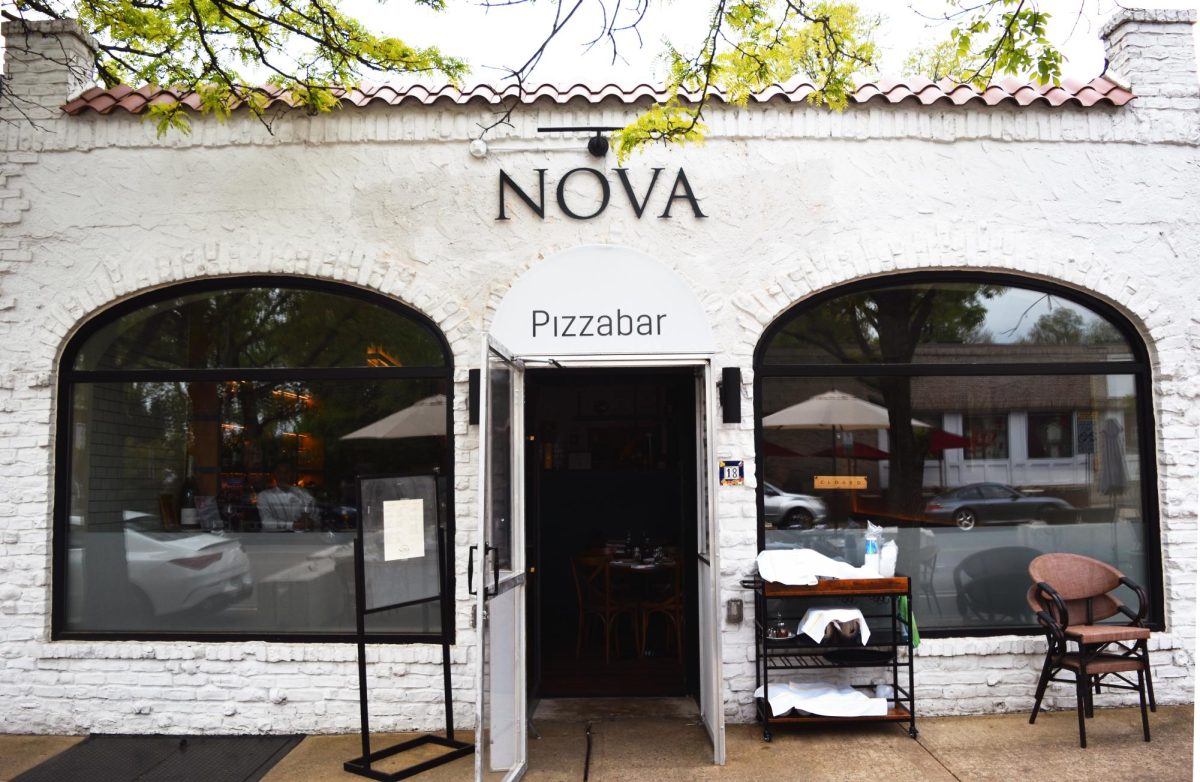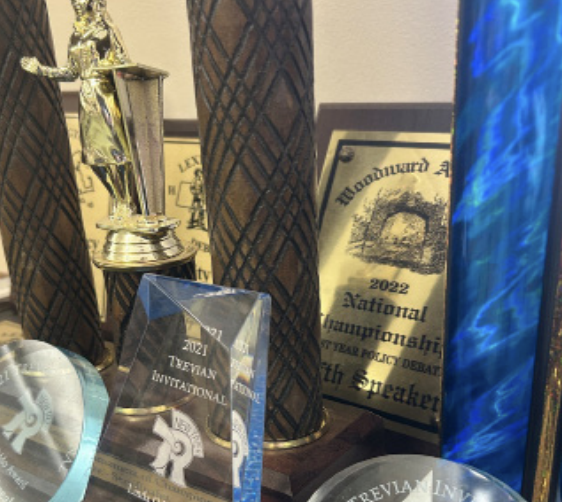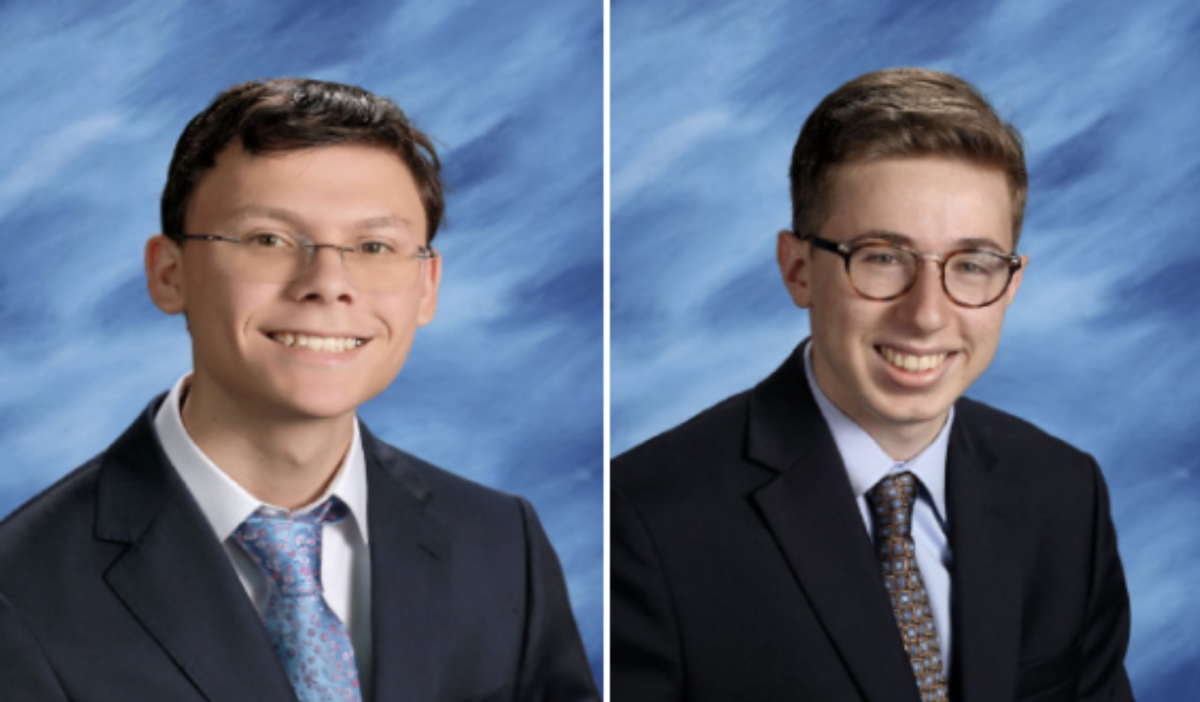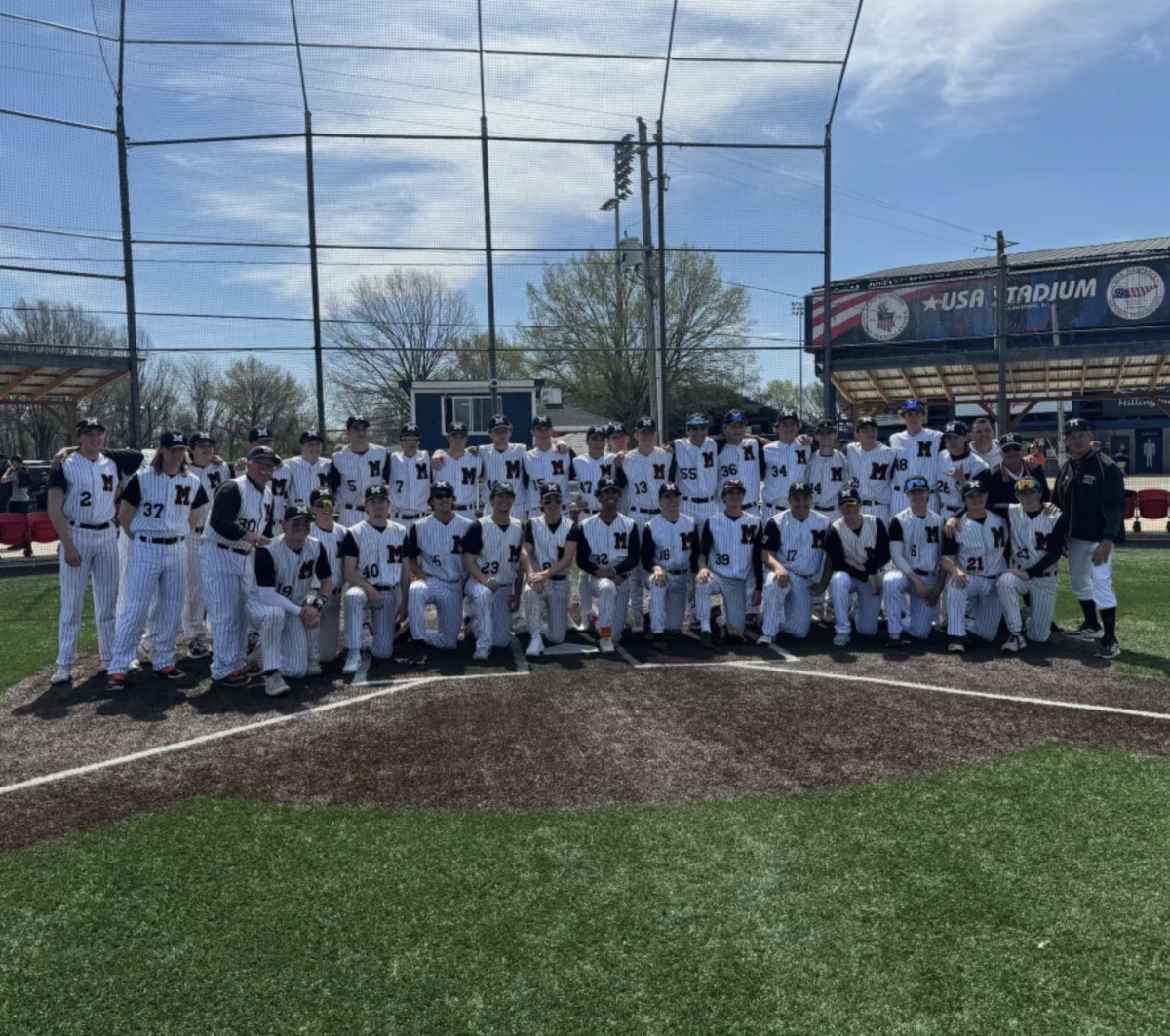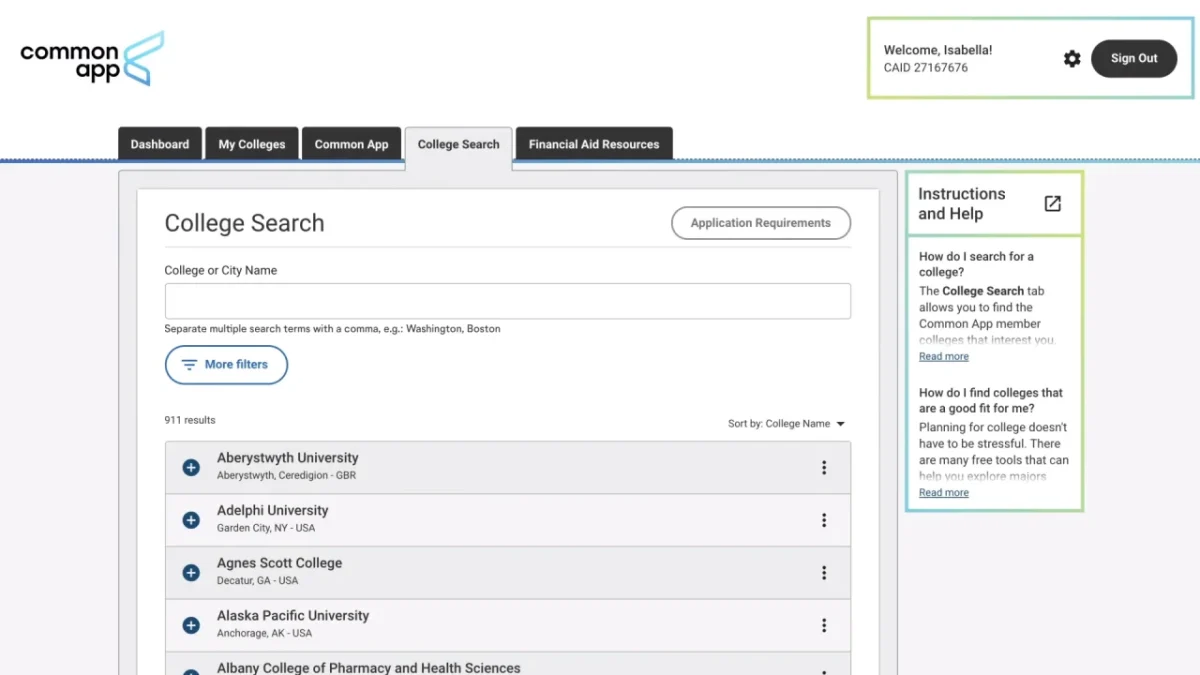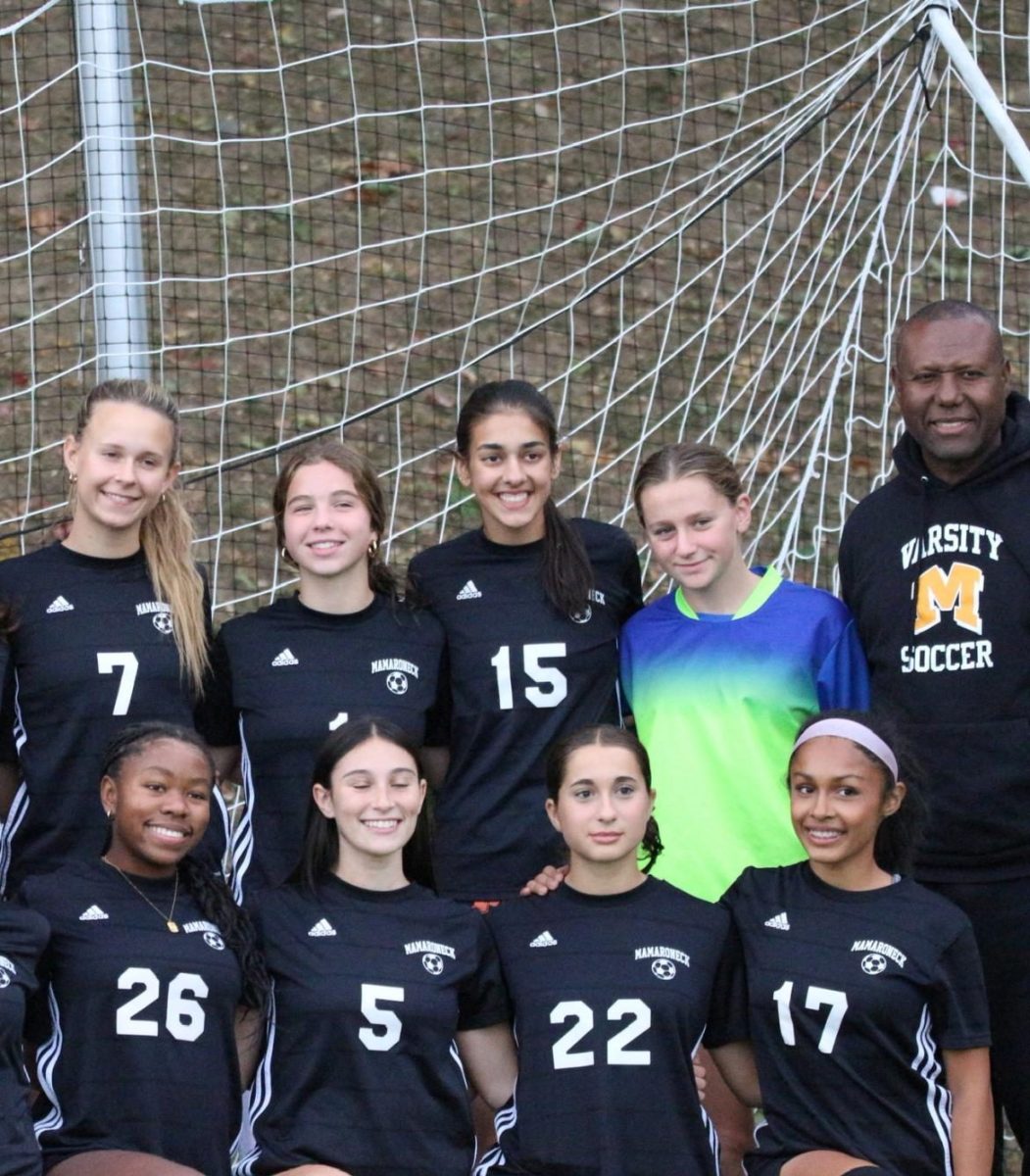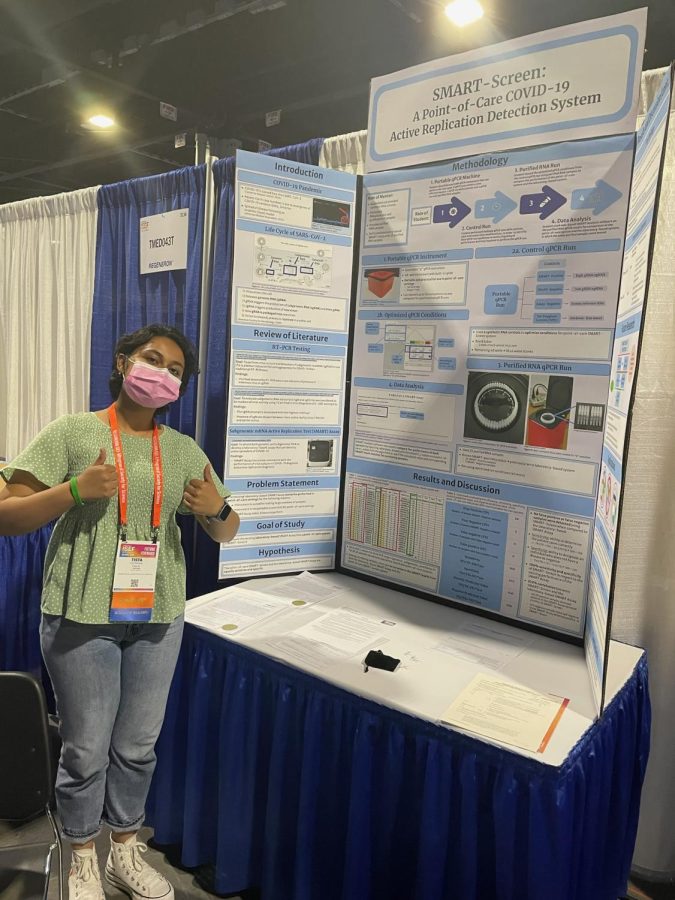In 1933, prior to World War II, there were approximately 9.5 million Jews living in Europe. After the war that number was decimated to less than 3.5 million. Among these 6 million victims were 1.5 million children. Without Hitler and the Nazis, these children would have grown up to have families of their own, lived fulfilling successful lives, and carried on Jewish traditions.
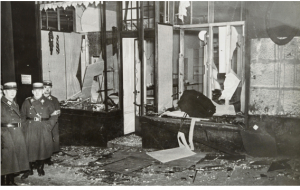
Kristallnacht, or “Crystal Night,” refers to the massive campaign of anti-Jewish violence against people and property that took place throughout Germany and Austria on the night of November 9-10, 1938. Although there had been various human-rights violations committed against Jews and acts of anti-semitism leading up to Kristallnacht, this night marked a turning point in terms of the level of Nazi persecution in Europe during the second world war.
This November marks the 85th anniversary of these atrocities. On November 5th, Mamaroneck High School juniors, alongside members of Westchester Jewish Center and Larchmont Temple, hosted an event to mark the anniversary of Kristallnacht. The event was in partnership with the national Daffodil Project, an organization that engages with communities to memorialize the 1.5 million children who perished at the hands of the Nazis by planting Daffodil gardens. One organizer of the event, Annika Lee (‘25), noted how “this is such an important opportunity for the younger generation to look back on previous atrocities so as not to repeat them in the future.”
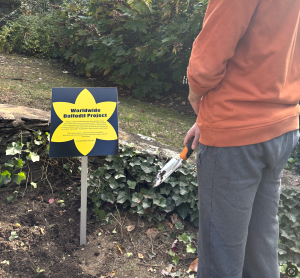
The daffodils themselves are symbolic as they represent the Jewish Star of David, a yellow, six-point star that branded Jews throughout the Holocaust. Now, yellow signifies remembrance. Additionally, they represent the resilience of the Jewish people, bursting out in color each spring after a harsh winter underground. The project has “planted over 600,000 daffodils worldwide” (Daffodil Project website).
The event–sponsored by The Holocaust and Human Rights Education Center, Larchmont Avenue Church, Westchester Jewish Center, Saint John’s Lutheran Church, Larchmont Temple, and the Westchester Jewish Council–was hosted at Playhouse Plaza Park at 1:00 PM. It began with a planting ceremony and a general overview of the brutalities. Then, attendees took a short walk to Larchmont Temple to hear Hanne Holsten, childhood Holocaust and Kristallnacht survivor, discuss her experiences.
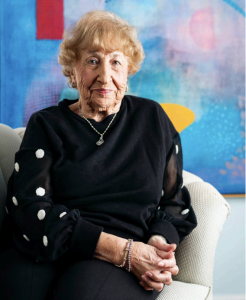
Holsten was born in Nuremberg, Germany in 1930. Some of her earliest memories include hiding in the attic with her mother and two siblings as the chaos of Kristallnacht engulfed her community. Fortunately, she was able to escape and seek refuge in America. Her family settled in New York where her parents opened up a successful jewelry business. Holsten served as the director of Westchester Jewish Center’s (WJC) preschool until 2007. Now, she advocates for Holocaust remembrance and education, speaking at various events about her story and the broader atrocities that make up the Holocaust.
The 93 year old stated that it is “important for the young people [to know and learn about the Holocaust because generally speaking, it started with words – the dirty Jew, they have horns, they have this, they have that – and the majority of people [stayed] silent.” Furthermore, she believes that “Hitler’s biggest ally was silence”. This is why Holsten believes it is increasingly important to commemorate and teach adolescents about the Holocaust.
In America today, there is an alarming amount of adolescents and young adults who lack basic knowledge about the Holocaust. One in ten people under the age of forty report to have never heard the word “Holocaust” and one in two millennials can not name a single concentration camp of the almost 400,000 created during the war (NBC News). Moreover, 11% of Americans surveyed believe that Jews were the cause of the Holocaust– this statistic rises to almost 20% in New York, the state with the highest Jewish population (the Claims Conference). Partially due to misinformation, “Antisemitic incidents in the U.S. rose 36% in 2022” (NPR).
The memorial was open to all community members, regardless of religious affinity. Students, in particular, play a crucial role in ensuring that we create a more just and equal future. Gen-Z is the future. Growing up in the age of social media and the internet, we are exposed to much greater quantities of information. With this comes responsibility: responsibility to ensure we are aware of the impact of our actions, our words, and our silence. Education is key to understanding this responsibility. Events such as the Daffodil Project promise that tragic events such as the Holocaust don’t go forgotten both within our immediate community and on a global scale.





